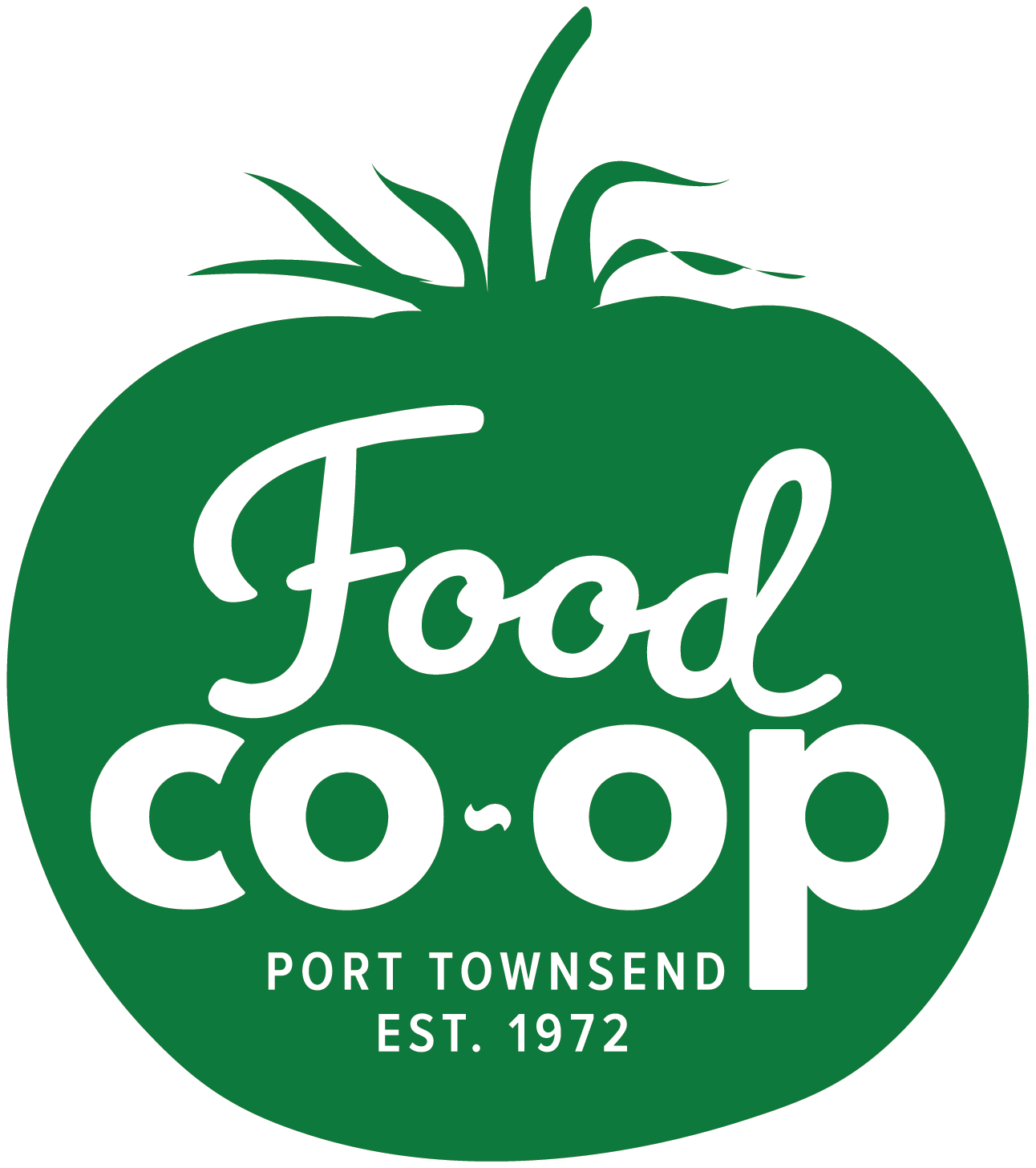Holiday Bubbles
By James Robinson, Your Co-op Sommelier
The holidays are upon us and the Food Co-op’s shelves are packed with bubbly to help you toast the season and ring in the new year.
Options range from inexpensive organic Cava and Prosecco, to fancier bubbles from as close as Kingston and as far away as Champagne. And better yet, and regardless of price, most are organic or biodynamic – some are both.
Below you can learn more about some of our top selections for the season.
Analemma Blanc de Noir
Atavus Vineyard, Columbia Gorge, AVA $61.99
A beautiful bubbly made from 100 percent Columbia Gorge Pinot Noir.
Farming: Biodynamic
Perennial Vintners Siegerrebe Sparkling Wine NV
Puget Sound AVA $17.99
A lovely sparkling wine from Siegerrebe grapes, grown in Kingston WA. This bright bubbly pairs well with most lighter foods, works well as an aperitif, or, pour a glass with friends and toast to the new year. By blending three vintages, the wine gains complexity, although it is not intended for aging. Drink it now while it’s young and fresh and the aromatics are at their peak. Just 143 cases made.
Caroline Lestimé Brut Nature 2016
Crémant de Bourgogne $47.99
Sourced from the hills above Chassagne-Montrachet, ‘Grand Lys’ combines the complexity of a mineral red Burgundy with the precision and elegance of Champagne – 100 percent Pinot Noir.
Farming: Certified Organic (Ecocert), biodynamic methods
Parigot & Richard ‘La Sentinelle’ Extra Brut
Crémant de Bourgogne NV $25.99
Bright and electric with notes of lemon and chalk and a taut, dry and subtle finish – 80 percent Chardonnay and 20 percent Aligoté. A Becky Wasserman selection.
Farming: Lutte raisonnée
Achillée ‘Zéro Dosage’
Crémant d’Alsace $25.99
Unlike most Crémant de Alsace, this one is a blend of Riesling, Pinot Blanc, Auxerrois, and Chardonnay, nothing else – no added sulfites, no sugar, nothing unnecessary. The nose is light and smoky, with butter, caramel, citrus zest, grated almonds and white pear fruit. The palate is firm and full-bodied, with an elegant finish.
Farming: Organic, Demeter Certified Biodynamic
Lelarge-Pugeot ‘Tradition’ Extra Brut
Champagne $52.99
This entry-level stunner features a Pinot Meunier-dominant blend to highlight the power and finesse of the domaine’s leading grape, the underappreciated Pinot Meunier. This cuvée is the classic growers’ champagne – one that seamlessly weaves the minerality in the soils with the delicate aromas of the grapes.
A blend of 50 percent Pinot Meunier, 40 percent Pinot Noir and 10 percent Chardonnay.
Farming: EcoCert Certified Organic, Demeter Certified Biodynamic
Franck Pascal ‘Reliance’
Champagne Brut Nature $46.99
The bouquet is deep and complex, with a vibrant blend of apple, lemon, an exotic touch of menthol, salty minerality and a topnote of wild flowers. On the palate, the wine is pure, full-bodied, crisp and focused, with a fine core of fruit, lovely backend minerality, snappy acids and excellent length and grip on a balanced finish. Zero dosage. A blend of 70 percent Pinot Meunier, 25 percent Pinot Noir and 5 percent Chardonnay.
Farming: Organic, Biodynamic
A compact guide to bubbles
Blanc de Noir
Literally, ‘white from black.’
Champagne is a white sparkling wine, but it can be made from darker grapes, which is quite normal in the Champagne region. The three main grapes used in Champagne production are Pinot Noir, Pinot Meunier, both ‘black’ grapes, and Chardonnay, a light-skinned grape. The dark-skinned grapes are simply pressed gently to keep the skins from bleeding into the juice, the skins separated out quickly.
Generally speaking, a blanc de noir will showcase more body and fruity fleshiness. A blanc de noir made entirely from Pinot Noir will be a bit more robust than one made from a mixture of Pinot Noir and Pinot Meunier.
Brut, Extra Brut etc:
The term ‘Brut’ refers to the driest of bubblies. After brut, in ascending order of sweetness, are: extra dry (or extra sec), sec (dry), demi-sec (off dry) and doux (sweet).
Brut is sometimes broken down further into ‘extra brut’ and ‘brut nature,’ in which case ‘nature’ is the driest of the dry, indicating that no sugar at all has been added, referring to dosage. Dosage is the addition of sweetened wine or spirit after the sediment is disgorged.
Brut Nature
Brut Nature and Zero Dosage are terms used to denote the very driest style of Champagne. They are often referred to as being non-dosé or 'Brut Zero.’
Sweetness is a key component in defining the style of any Champagne. Before final bottling, most Champagne is given a final dosage (a mixture of sugar syrup and wine known as the liqueur d'expedition) to adjust its sweetness up to the desired level. This step is deliberately omitted for Brut Nature wines, leaving the wine in its 'natural' state.
Crémant d’Alsace
Bubbly made in the French appellation of Alsace. Most Crémant d’Alsace is made from Pinot Blanc, although Auxerrois, Pinot Gris, Riesling, Chardonnay and Pinot Noir grapes are allowed.
Crémant de Bourgogne
Bubbly made in the French appellation of Burgundy. Crémant de Bourgogne is made predominantly from Pinot Noir and Chardonnay grapes.
NV
Non-vintage. ‘NV’ sparklers are blends of wine from different vintages and thus, receive no vintage designation.
Prosecco
Prosecco wine is a sparkling wine, made from the Glera grape, that hails from Northeastern Italy – specifically the regions of Veneto and Friuli Venezia Giulia. In the same way wines produced in Champagne are named after their native home, Prosecco wine is named after the Italian town of Prosecco in the province of Trieste.
Cava
Cava is Spain’s most popular sparkling wine. Cava undergoes the same production process as Champagne. In Spanish however, the process is known as traditionelle, instead of méthode Champenoise, as only wine makers in Champagne may legally label their products méthode Champenoise.
Roughly 95 percent of Cava is produced in Catalonia in northeastern Spain. The most common grapes are Macabeu, Parellada and Xarello. However, some Cavas may also include Chardonnay, Pinot Noir, Garnacha and Monastrell.


